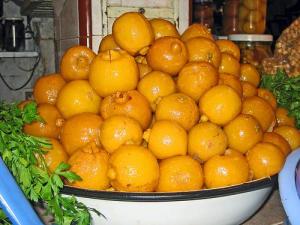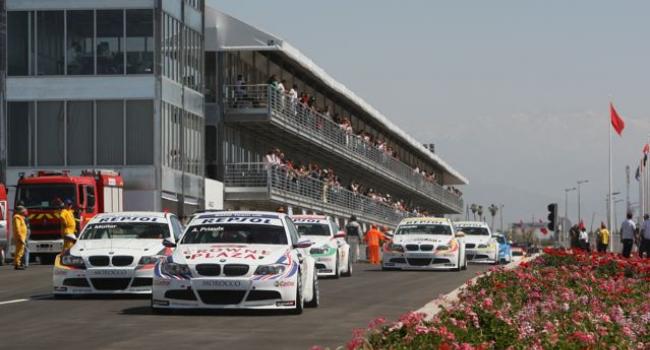Tangier Tour, Tangier Day Trip Visit To Cap Spartel and the Cave of Hercules,Your Morocco Travel Guide
Tangier, the capital of the Tétouan Region has a rich history due to the historical presence of many civilizations and cultures that conquered this area from the 5th century BC. Tangier sits at the western entrance to the Strait of Gibraltar where the Mediterranean meets the Atlantic Ocean off Cape Spartel. This beautiful city, only 35 minutes from Spain by modern hydrofoil or two hours by normal ferry boat service, has a hugely multicultural society, predominantly Muslim, but with small Christian, and Jewish communities who express tolerance for one another. Moroccan travelers who wish to visit Tangier from Spain can take a one day private excursion to Tangier’s Cap Spartel and the Cave of Hercules along with Tangier’s sites, museums and cafes. This makes for the perfect private Tangier tour whether you are coming by ferry from Spain to Tangier or from Casablanca to Tangier.










